I had a list of numerical values that I wanted to bin using cut(). Now each row has been replaced with the range that it fell into, in the form of ranges using brackets e.g. [0,140] meaning between 0 and 140 inclusive
The problem is these names are lengthy, and eventually require exponent notation, making them even longer, and it makes the graph illegible. Using typeof() it appears it's still in integer form, but I can't figure out how to rename them the way I would with factors. When I tried with factor() and the labels parameter, I was told that sort only worked on atomic lists.
As an example, here's essentially what I tried on my dataset, except with the built-in iris dataset:
data(iris)
iris[1] <- cut(iris[[1]], 10, include.lowest=TRUE)
iris[1] <- factor(iris[1], labels = c("a", "b", "c", "d", "e", "f", "g", "h", "i", "j"))
It returns the error:
Error in sort.list(y) : 'x' must be atomic for 'sort.list'
Have you called 'sort' on a list?
